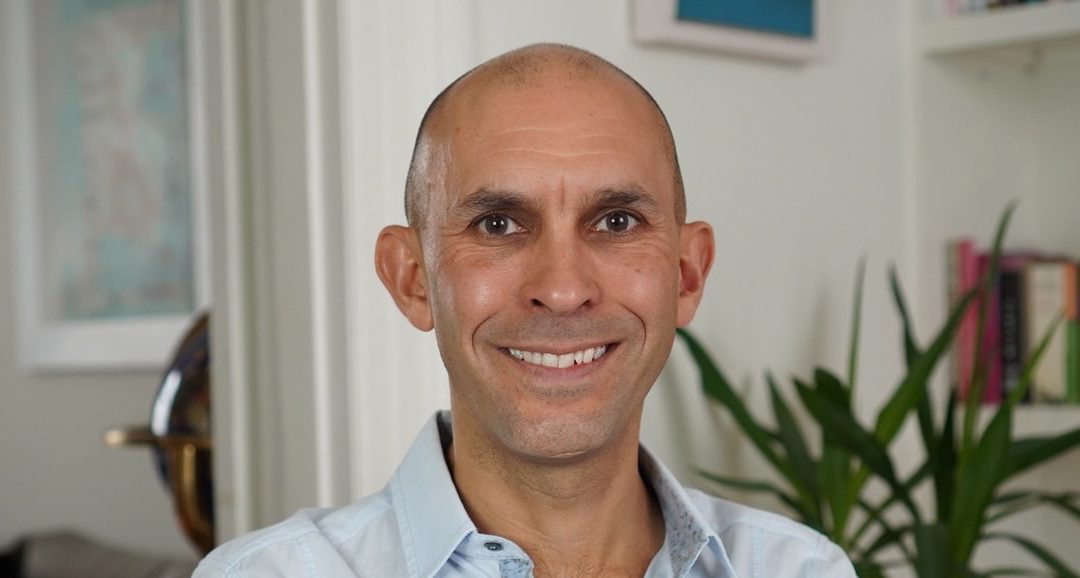Psykiatrian, psykoterapian ja kliininen psykologian ilmiöt kytkeytyvät siihen, miten tietoiset kokemuksemme syntyvät. Osa kytköksistä on perustavanlaatuisia. Hyvän- ja pahanolon tunteet ovat tietoisia kokemuksia kuten myös masentunut tai ahdistunut mieliala. Sekä ympäristöstä tehdyt ”todenmukaiset” havainnot että hallusinaatiot ovat tietoisia kokemuksia. Tarkemmat tutkimukset tietoisten ilmiöiden rakentumisesta auttavat meitä ymmärtämään myös esimerkiksi, miksi dissosiatiivisessa kokemuksessa saattaa katsella kehoaan kuin katonrajasta.
Ennakoiva prosessointi ja siihen liittyvät tieteenalat ovat edistyneet huimasti viimeisten vuosikymmenten aikana. Ne ovat mullistaneet käsityksemme siitä, kuinka aivot luovat niin ulkoisen kuin sisäisenkin kokemusmaailmamme. Uuden näkemyksen mukaan, havaintomme ulkomaailmasta ja omasta kehostamme eivät rakennu ensisijaisesi ulkoa ja kehosta tulevasta aistitiedosta. Sen siijaan aivomme tuottavat havaintomme aktiivisesti, ja ulkoa tuleva tieto auttaa hälyyttämään virheistä ja tekemään korjauksia.
What’s Next in Mental Health? -podcastin jaksossa tarkastellaan ennakoivaa prosessointia ja tietoisten kokemusten syntymistä tutkija Anil Sethin kanssa. Seth on kognitiivisen ja laskennallisen neurotieteen professori Sussexin yliopistossa ja Sussexin tietoisuustutkimuksen keskuksen johtaja. Hänen menestyskirjansa Sinuna oleminen (Being You – A New Science of Consciousness) tarjoaa kiehtovan ja lähestyttävän näkökulman siihen, kuinka ennakoimme ja korjaamme todellisuuksiamme. Se valaisee myös, miten eri ulottuvuuksista muodostuva kokemusmaailmamme voi häiriintyä eri tavoin.

Kuuntele jakso Apple Podcastissa
Kuuntele jakso Spotifyssa
The Mechanics of Conscious Experience (with Prof. Anil Seth)
Mental health and consciousness are intertwined. Basic subjective experiences like feeling good, bad or depressed, or perceiving your surroundings “accurately” relate to conscious processes. The field of consciousness research can deepen our understanding of these experiences and also exceptional occurances – like how hallucinations happen or how sensing your own body can be disturbed in dissociative states.
Research in the area of predictive processing has greatly expanded over the last decades and revolutionized our understanding of how the brain creates our experiences. It proposes that perceptions of ourselves and of our surroundings are not constructed by the information coming in, but rather actively created from the inside out and only corrected based on the incoming data.
In this episode we explore predictive processing and conscious experience with Dr. Anil Seth. Seth is Professor of Cognitive and Computational Neuroscience at the University of Sussex, Director of the Sussex Centre for Consciousness Science and Co-Director of the Program on Brain, Mind and Consciousness at the Canadian Institute for Advanced Research. His best-selling book Being You – A New Science of Consciousness offers a fascinating and accessible look into how we predict and adjust our realities and how different parts of our traditional realities can unravel.
Timestamps
0:00 How the brain creates our perceptions (predictive processing model)
10:07 Predictive processing and psychotic experiences
19:28 The boundaries of conscious control
28:53 How the brain creates our emotions
41:34 Mapping behavioral and experiential phenomena onto neurophysiology
Listen on Apple Podcasts
Listen on Spotify
Related episodes on What’s Next in Mental Health? :
Psychedelics – Untangling the Potential and the Hype (with Dr. Sandeep Nayak)
Can a Neural Network Perspective Bring Coherence to Psychotherapy Theory? (With Dr. Warren Tryon)
Should We Stop Prescribing Antidepressants for Depression? (with Prof. Joanna Moncrieff)
Understanding Goal Pursuit and Dysfunction in Mental Illness (with Dr. Colin DeYoung)

